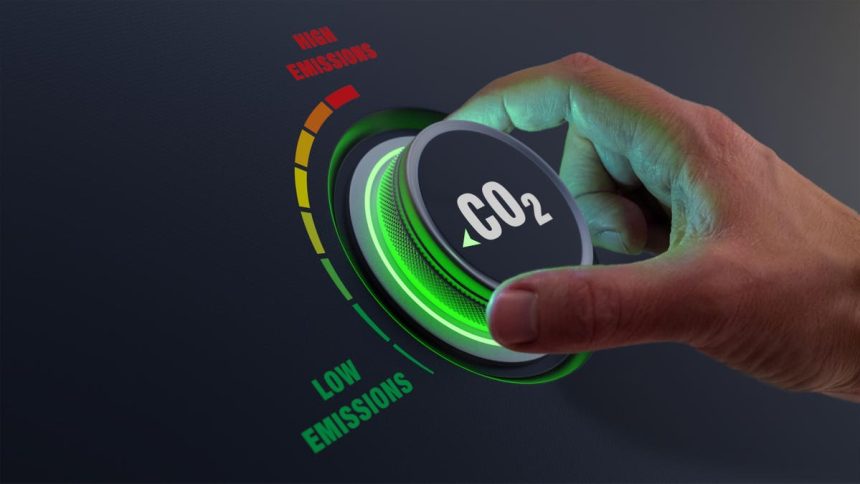The United States does not have a carbon border tax. But legislation recently introduced by a bipartisan group of senators could very well put the country on track to implement one.
If the United States were to implement a carbon border tax, it would need to know which kinds of industrial goods release the highest emissions during production, and which countries are the worst carbon offenders. Sens. Christopher A. Coons, D-Del., and Kevin Cramer, R-N.D., want to start tracking that information.
On June 7 the lawmakers introduced the Providing Reliable, Objective, Verifiable Emissions Intensity and Transparency Act of 2023, also known as the PROVE IT Act. The legislation would require the Department of Energy to track the amount of emissions released during the domestic and foreign manufacturing of scores of goods, including aluminum, glass, iron, steel, natural gas, plastics, and lithium ion batteries.
Aside from tracking foreign emissions, the legislation would also provide valuable data to U.S. policymakers trying to gauge the impact of America’s environmental standards and manufacturing practices, the senators said in a release. The lawmakers are hoping the data could lay the basis for a U.S. carbon border tax, according to The Washington Post.
In a time when Republicans and Democrats fail to align on many issues, much less climate policy, the bill is striking in its strong bipartisan backing. The measure is cosponsored by Sens. Bill Cassidy, R-La.; Lindsey Graham, R-S.C.; Martin Heinrich, D-N.M.; John W. Hickenlooper, D-Colo.; Angus S. King Jr., I-Maine; Lisa Murkowski, R-Alaska; and Sheldon Whitehouse, D-R.I.
The senators can come together because they share an interest in protecting American businesses. For Democrats, the measure could have the added benefit of driving future climate policy. Coons told the Post that he hopes that the United States will collaborate with allies that have developed strong climate policies.
And the PROVE IT Act could help fill a crucial information void. There’s an international accounting standard for measuring and managing emissions called the greenhouse gas protocol. However, the standard partially involves some guesstimates and multiple counting, according to two researchers: Robert S. Kaplan, a senior fellow and professor emeritus at Harvard Business School, and Karthik Ramanna, professor at the University of Oxford. Part of the problem stems from how a type of emissions, called scope 3 emissions, are calculated. Scope 3 emissions are indirectly tied to a company and include emissions from employee commutes, business travel, and investments.
Even though scope 3 emissions aren’t directly released by a company, they have attracted more scrutiny in recent years because they help give companies a broader view of their environmental impact and how third parties like suppliers contribute to it. Kaplan and Ramanna recently developed an approach to help companies more accurately track those emissions. Meanwhile, the PROVE IT Act could be useful in tackling that information problem because it would require the Department of Energy to identify data gaps and issues related to the verification of emissions data.
This is not the first time that lawmakers have floated the idea of a carbon border tax. In 2021 Coons introduced the FAIR Transition and Competition Act of 2021, which would have levied a fee and used some of the revenue for a community grant program. Cassidy has repeatedly called for a carbon border adjustment mechanism and is drafting legislation.
However, the PROVE IT Act marks the first time that legislation on the issue has collected such strong bipartisan support and it could have some staying power, thanks to developments like the EU’s upcoming carbon border adjustment mechanism and increased scrutiny of countries with particularly high emissions. Lawmakers are concerned about emissions from a number of countries, but they are particularly concerned about China.
Read the full article here










